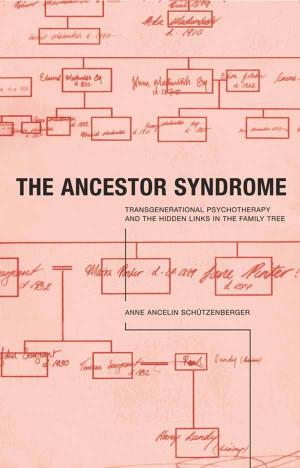Manual of Panic-Focused Psychodynamic Psychotherapy
Nonfiction, Health & Well Being, Psychology, Psychoanalysis, Mental Health| Author: | Fredric N. Busch, Barbara L. Milrod, Meriamne B. Singer, Andrew C. Aronson | ISBN: | 9781135252298 |
| Publisher: | Taylor and Francis | Publication: | April 23, 2012 |
| Imprint: | Routledge | Language: | English |
| Author: | Fredric N. Busch, Barbara L. Milrod, Meriamne B. Singer, Andrew C. Aronson |
| ISBN: | 9781135252298 |
| Publisher: | Taylor and Francis |
| Publication: | April 23, 2012 |
| Imprint: | Routledge |
| Language: | English |
This manual presents a carefully researched, detailed psychodynamic treatment program for the alleviation of a transdiagnostic range of primary Axis I anxiety disorders, including panic disorder, generalized anxiety disorder, social anxiety disorder, post-traumatic stress disorder, and related psychological problems. First exploring the principles of psychodynamic theory and formulation, the authors then present a three-phased process of Panic Focused Psychodynamic Psychotherapy-Extended Range (PFPP-XR): initial evaluation, interpretation of central conflicts and defense mechanisms, and termination. Each phase is discussed in depth and relies on central case illustrations to demonstrate techniques and results. A subsequent chapter explores how to address complex issues that may arise during the course of treatment. Altogether, this manual not only provides a demonstrated, adaptable approach for anxiety disorders, but also clearly embodies a spirit of research and empiricism heretofore rare in psychodynamic psychotherapies, with an eye toward future development.
This manual presents a carefully researched, detailed psychodynamic treatment program for the alleviation of a transdiagnostic range of primary Axis I anxiety disorders, including panic disorder, generalized anxiety disorder, social anxiety disorder, post-traumatic stress disorder, and related psychological problems. First exploring the principles of psychodynamic theory and formulation, the authors then present a three-phased process of Panic Focused Psychodynamic Psychotherapy-Extended Range (PFPP-XR): initial evaluation, interpretation of central conflicts and defense mechanisms, and termination. Each phase is discussed in depth and relies on central case illustrations to demonstrate techniques and results. A subsequent chapter explores how to address complex issues that may arise during the course of treatment. Altogether, this manual not only provides a demonstrated, adaptable approach for anxiety disorders, but also clearly embodies a spirit of research and empiricism heretofore rare in psychodynamic psychotherapies, with an eye toward future development.















